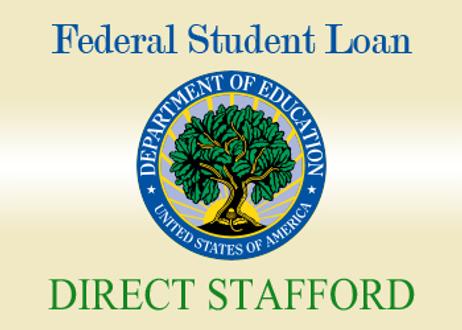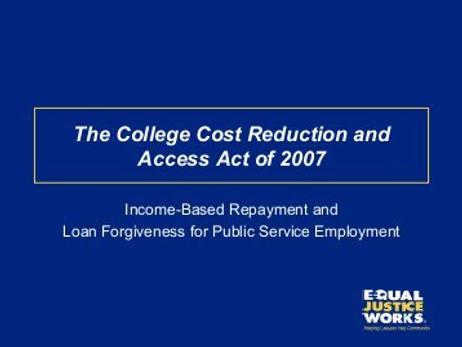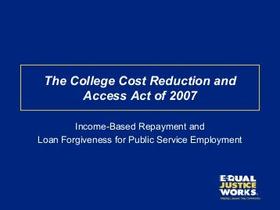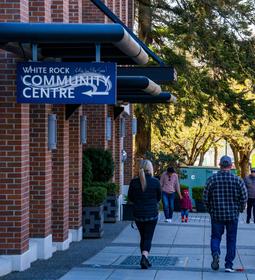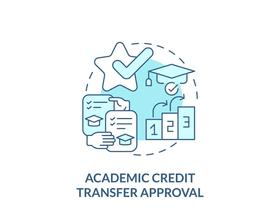Stafford loans are made under two federal programs: the Federal Family Education Loan (FFEL) Program and the William D. Ford Federal Direct Loan (Direct Loan) Program. Whereas community colleges have more widely used the FFEL Program in the past, students and colleges are becoming more aware of the Direct Loan Program as another option. This article explains the Direct Loan Program, shows how Direct Loans compare to other Stafford loans, and discusses how the Direct Loan program may become the dominant, if not exclusive, college lending program.
What Students Should Know About Direct Loans
The Direct Loan Program was created in 1993 to offer subsidized and unsubsidized Stafford loans. Under the Direct Loan Program, students borrow directly from the Department of Education rather than private lenders. On a subsidized loan, the federal government pays the interest while the student is in school. The interest on an unsubsidized loan is accumulated until the student begins repaying the loan. The Direct Loan Program also offers PLUS (Parent Loan for Undergraduate Students) loans.
To apply for a Direct Loan, a student must submit the Free Application for Federal Student Aid (FAFSA), available online or at student financial aid offices. A student must also sign a promissory note, the Direct Loan Electronic Master Promissory Note, which sets forth the terms and conditions of the loan.
Before June 30, 2006, the interest rate varied but could not exceed 8.25 percent. A reduction in the maximum interest rate for Stafford loans is being phased



